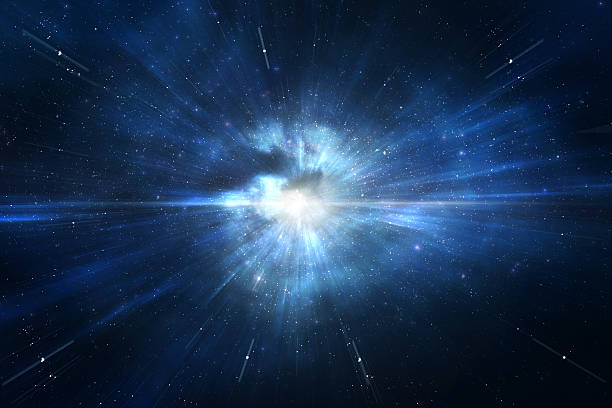The Expanding Universe: Unveiling the Ever-Growing Cosmos
Welcome back to our cosmology article series, where we continue our exploration of the universe's captivating mysteries. In this installment, we delve into the concept of the expanding universe, a remarkable idea that forever changed our perception of the cosmos. Join us as we embark on a journey through the scientific breakthroughs and observations that led to the understanding that the universe is in a state of continuous expansion.
Early Clues and the Work of Vesto Slipher and Edwin Hubble:
The first hints of an expanding universe emerged in the early 20th century through the groundbreaking work of astronomers Vesto Slipher and Edwin Hubble. Slipher, a dedicated observer at the Lowell Observatory, made a significant contribution to the field with his meticulous spectroscopic measurements of galaxies. By analyzing the light emitted by these distant celestial objects, Slipher discovered a consistent pattern of spectral lines shifted towards longer wavelengths.
Hubble, building upon Slipher's work, took the next crucial step in unraveling the mysteries of the universe. Using the powerful telescopes available at the time, Hubble continued the investigation into galactic redshifts, which he found to be directly proportional to their distance. This observation formed the basis for what is now known as Hubble's law and provided compelling evidence for an expanding universe.
Hubble's Law and the Doppler Effect:
Hubble's law states that the velocity at which a galaxy is receding from us is directly proportional to its distance. This relationship can be explained by the Doppler effect, a phenomenon familiar in everyday life. Just as the pitch of an ambulance siren changes as it passes by, the wavelengths of light from distant galaxies are stretched as they move away from an observer.
The Expanding Balloon Analogy:
To conceptualize the expanding universe, imagine the surface of an inflating balloon. As the balloon expands, any two points on its surface move away from each other, with the space between them growing larger. Similarly, in the expanding universe, galaxies are like points on the surface of the balloon, moving away from one another as the universe expands.
Cosmic Redshift and the Stretching of Light:
The phenomenon of cosmic redshift is crucial evidence for an expanding universe. As light from distant galaxies travels through space, the expanding fabric of the universe stretches the wavelength of the light. This causes the light to become redder, shifting towards longer wavelengths. The magnitude of the redshift provides astronomers with valuable information about the distance and velocity of galaxies.
The Fate of the Universe:
The concept of an expanding universe has profound implications for its future. Depending on the amount of matter and energy present, the universe may continue to expand indefinitely, eventually cooling and fading away—a scenario known as the "Big Freeze." Alternatively, if the amount of matter and energy is sufficient, the expansion could slow down, eventually halting and collapsing in a "Big Crunch." Recent observations suggest that the universe is expanding at an accelerating rate, indicating the presence of a mysterious force called dark energy, which could have significant implications for its ultimate fate.
Lemaitre, a Belgian physicist and Catholic priest, and Friedmann, a Russian mathematician, independently proposed mathematical models demonstrating the expanding nature of the universe. Their work laid the foundation for the connection between the expanding universe and the Big Bang theory.
The expanding universe concept is intricately linked to the Big Bang theory. According to this theory, the universe originated from an incredibly dense and hot state approximately 13.8 billion years ago. The expansion of the universe, as discovered by Hubble and supported by Lemaitre and Friedmann's work, provides strong evidence for the Big Bang. The idea of an expanding universe implies that, if we trace its history backward in time, it leads to a singularity—the point of origin from which the universe emerged in a colossal explosion.
In our next article, we will explore one of the most important pieces of evidence supporting the Big Bang theory: the Cosmic Microwave Background (CMB) radiation. This faint radiation, discovered in 1965, is considered the remnants of the hot, early universe. We will delve into the significance of the CMB in validating the Big Bang theory and understanding the composition and evolution of the universe. Join us as we uncover the secrets embedded within this ancient radiation, shedding light on the origins of our cosmic journey.

Comments
Post a Comment